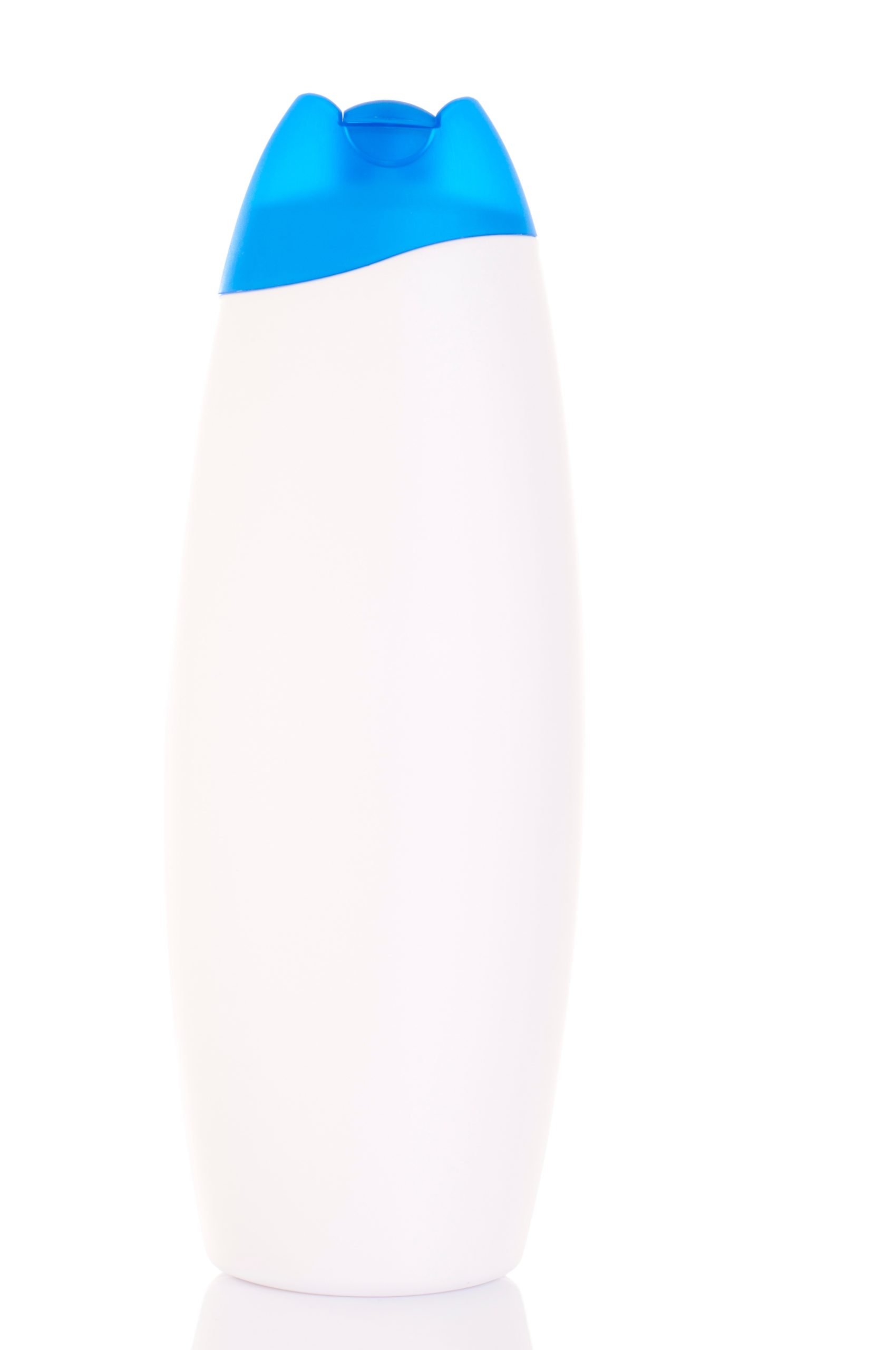Building maintenance and cleanliness are essential aspects of any building, whether it’s a residential or commercial space. A well-maintained and clean environment not only looks good but also promotes better health for occupants. In this blog post, we will explore the role of building management in ensuring that buildings are kept clean and hygienic through collaboration with cleaning companies.

Introduction to Building Maintenance and Cleanliness
Building maintenance involves various tasks such as repairing and replacing faulty equipment, painting walls, fixing leaks, and ensuring that all systems are functioning properly. On the other hand, cleanliness entails regular dusting, vacuuming, mopping, and disinfecting surfaces to keep them free from dirt, grime, and germs. Both maintenance and cleanliness go hand in hand when it comes to keeping a building in top condition.
The Importance of Collaboration between Cleaning Companies and Building Management Teams
Collaboration between cleaning companies and building management teams is crucial because they both have different areas of expertise that can complement each other. The cleaning company provides specialized services such as carpet cleaning, upholstery cleaning, window washing, and janitorial services. Meanwhile, the building manager oversees the overall operations of the building, including maintenance, security, and safety measures. By working together, these two parties can ensure that the building is maintained and cleaned according to industry standards.
Understanding the Full Scope of Building Maintenance and Cleanliness
Building maintenance and cleanliness involve more than just sweeping floors and changing light bulbs. It encompasses several aspects, including air quality, indoor environmental quality, and energy efficiency. For instance, poor air quality can lead to respiratory problems among occupants, while inadequate ventilation can cause mold growth. Therefore, it’s imperative to understand the full scope of building maintenance and cleanliness to create a healthier and safer environment.
Best Practices for Effective Building Maintenance and Cleanliness
To achieve effective building maintenance and cleanliness, there are some best practices that should be followed. These include creating a schedule for routine inspections, using eco-friendly cleaning products, providing training for employees on proper cleaning techniques, and implementing an emergency response plan for accidents or spills. Additionally, it’s essential to communicate regularly with tenants or occupants about any changes or updates regarding building maintenance and cleanliness.
Conclusion: Taking Action Towards a Cleaner, Healthier Environment
In conclusion, collaborating with cleaning companies and understanding the full scope of building maintenance and cleanliness are critical steps towards achieving a cleaner and healthier environment. By following best practices and communicating effectively with stakeholders, building managers can ensure that their properties remain in excellent condition. Ultimately, everyone benefits from a well-maintained and clean building – from the owners who see increased property values to the occupants who enjoy improved health and productivity.
